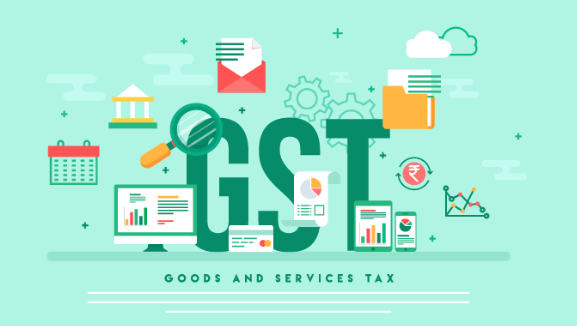Goods and Services Tax (GST)
The Goods and Services Tax (GST) is a comprehensive indirect tax levied on the supply of goods and services in India. It was introduced on July 1, 2017, through the 101st Constitutional Amendment, replacing multiple indirect taxes previously levied by the central and state governments. The primary objective of GST is to create a unified national market and simplify the tax structure in the country.
Background
Before the implementation of GST, the Indian taxation system was complex, with multiple indirect taxes levied by the central and state governments. This led to a cascading effect of taxes, where taxes were levied on taxes, resulting in higher prices for consumers. The introduction of GST aimed to address these issues and streamline the indirect tax system.
Structure and Rates
GST is a destination-based tax, meaning that the tax is collected by the state where the goods or services are consumed. It is levied at every stage of the supply chain, with input tax credit available to offset the tax paid on purchases against the tax collected on sales.
There are four main tax slabs under the GST regime:
- 5% – Applicable to essential commodities
- 12% and 18% – Applicable to most goods and services
- 28% – Applicable to luxury and sin goods (e.g., tobacco products)
Additionally, certain goods and services are exempt from GST, such as unprocessed food, healthcare services, and educational services.
Impact on the Economy
The implementation of GST has had a significant impact on the Indian economy. It has helped in reducing tax evasion, as the input tax credit mechanism encourages businesses to maintain proper records and pay taxes. GST has also led to increased efficiency in logistics and supply chain management, as businesses no longer need to maintain multiple warehouses across states to avoid paying interstate taxes.
Moreover, GST has contributed to the formalization of the economy, as businesses are required to register under the GST system to avail input tax credit. This has brought more businesses into the tax net and improved tax compliance.
Challenges and Amendments
Despite its benefits, the implementation of GST has faced several challenges. The initial months after the rollout saw technical glitches in the GST Network (GSTN), the IT backbone of the GST system. Small businesses faced difficulties in complying with the new tax regime due to increased compliance requirements and the need for digital literacy.
To address these challenges, the government has made several amendments to the GST laws based on the recommendations of the GST Council, a constitutional body comprising central and state government representatives. These amendments have focused on simplifying compliance procedures, reducing tax rates on certain goods and services, and providing relief to small businesses.


